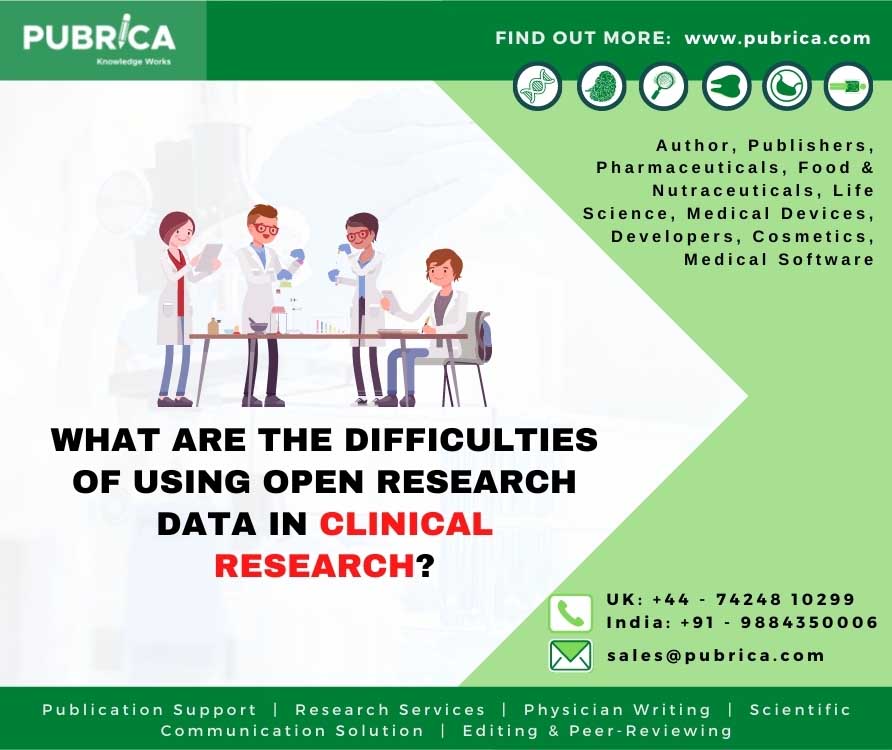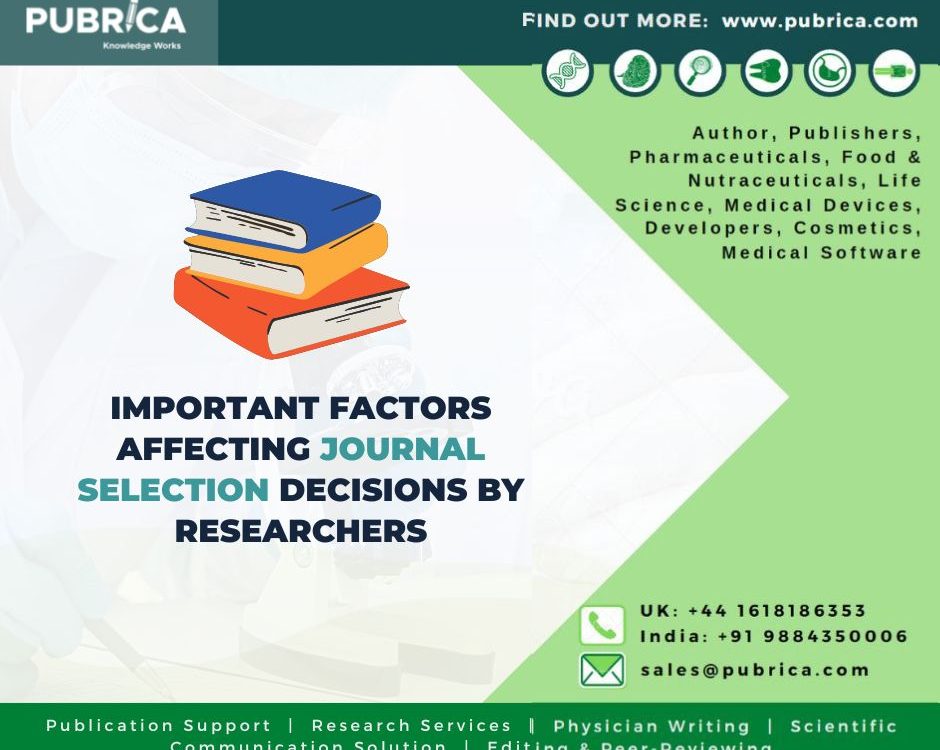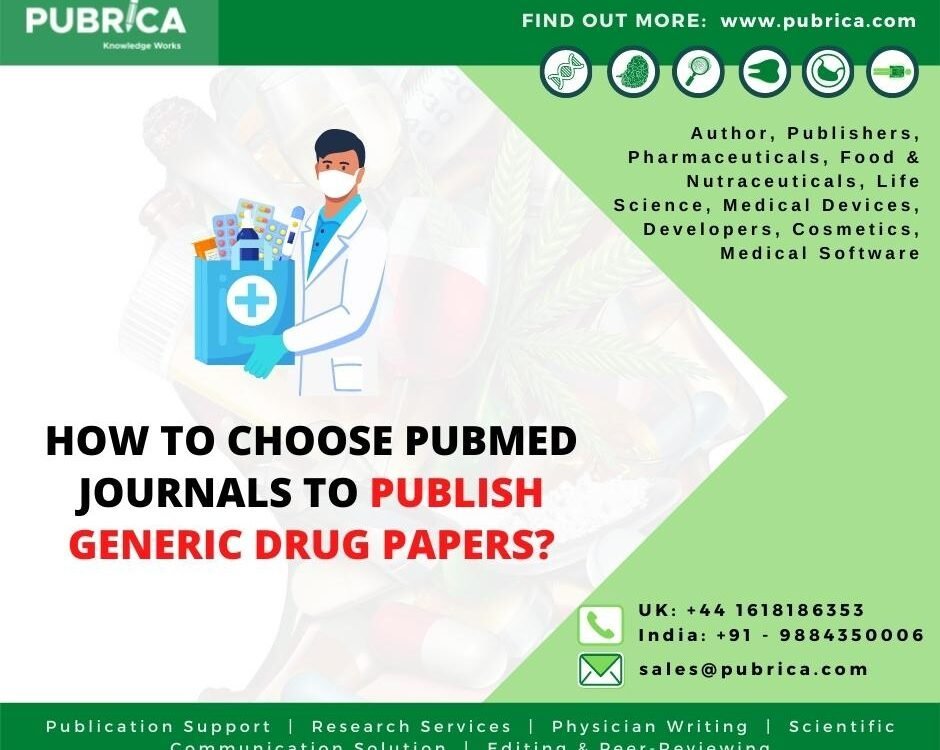
Innovations to Improve the Author Experience
October 6, 2021
What are the Difficulties of Using Open Research Data in clinical research?
October 19, 2021In brief
Rejection is something that all go through, and it may be a good thing. Authors who are just starting in their professions and highly established will face rejection while submitting papers. One should not rip a rejection letter to shreds or completely delete the message in response to a rejection letter in today’s modern environment. Similarly, choosingnever to write another paper should be avoided. Many rejected manuscripts may eventually find a home with rewrites or improved targeting to a more appropriate journal. This article will look at some of the alternatives available to authors looking for a place to publish their work.
Introduction
Reading the Rejection Letter
Read the rejection letter as carefully as you would instructions for cashing in a winning lottery ticket. Never skim or read only the last few lines of a story (reject). It’s amazing how many authors email me with questions that have already been answered in the rejection letter. If the letter looks to be confused or useless, having a co-worker read it might be beneficial. Despite the exponential expansion in the number of online and print journals1, more manuscripts being rejected “internally” without external peer review as the number of submissions to journals rises. Some clinical publications process don’t provide you with any more information. Please take a close look at these suggestions since they should help you figure out what to do next.

Peer-reviewed papers that are rejected
Papers that pass the first round of screening will be sent out for peer review. Papers that are rejected following peer review generally include comprehensive comments from the reviewers on the merits and flaws of the work. This data is frequently highly useful in enhancing the paper or planning future initiatives. Although the peer review method has limitations, it looks to be the best approach available at the moment.
Succeeding the Author Instructions
Many manuscripts will be rejected by the Journal of Graduate Medical Education (JGME) editor if they do not adhere to the Journal author guidelines in terms of structure, word count, number of figures and tables, and reference style. JGME avoids an initial rejection by suggesting that writers resubmit their paper in the right format or with the correct word count. However, if you submit a manuscript that does not follow the author’s guidelines, you risk irritating the journal editors and delaying your article’s evaluation (1).
Pubrica Peer review help has been defined as a process of subjecting an author’s scholarly work, research or ideas to the scrutiny of others who are experts in the same field.
- Matching Paper to Journal
A mismatch between the manuscript and the journal’s scope is a typical reason for the internal rejection of submitted journals. There are at least 99 print and Publication Support in health professions, with a lot of overlap in goal and scope. Authors can learn about the most prevalent themes, study experimental designs, and authors by reading one or two journal issues.
- Obtaining additional data or re-examining already collected data
A relationship is only discovered with small sample sizes when the effect size (magnitude of the influence) is very big. Because small samples restrict generalizability, gathering data on many participants, such as repeating the intervention over several years, may give more enlightening and reliable results.
- Resubmitting to the Same Journal
You may be able to resubmit your Journal with the missing techniques or data if the flaws listed in the rejection letter affect procedures or findings that you performed but were removed from your work for whatever reason. It’s a good idea to double-check with the journal office first. Alternatively, the reviewers may advise that your manuscript be placed in a different category. This will necessitate a thorough rewriting of the paper to conform to the new category’s author guidelines. Consider whether another publication support with a different focus or target audience would be a better fit for your study before altering it to fit a new article category.
- Make changes and submit them to a different journal
Because no two journals have the same author instructions or structure, you’ll need to make some changes before submitting your article to another. Therefore, it is critical to make any necessary adjustments based on the comments offered during the initial evaluation. When you can’t make a significant adjustment, it’s a good idea to explain why in your cover letter or a supplemental appendix.
- File the document away and never resubmit it
We all get rejection letters for papers we’ve submitted. Typically, many experts in the field have contributed significant time to provide comprehensive recommendations to help you develop your paper and future work. Use this criticism to enhance your work for submission to another publication and your future, more thorough investigation of the subject. As a responsible citizen of the medical education community and to enhance your editing abilities, consider volunteering to review papers for one or more publications (2). Above all, keep thinking about and studying medical education concepts , as well as producing papers.
Conclusion
After that, either “Reject after Editorial Review” or “Send for Peer Review” is decided. If a manuscript is rejected at this phase, the Editorial staff makes every effort to give constructive criticism and explain the rejection. A “Reject and Resubmit” decision can also be used to reject a manuscript.The editors determined that the paper is of high quality, novelty, and impact in this case. Still, the authors must address critical aspects of the manuscript to meet the minimum criteria for review. For example, the manuscript may require additional experiments, a more rigorous data analysis help, or significant rewriting to meet the minimum criteria for review (see more information below). This decision type implies that the editors actively urge the paper’s resubmission if the identified flaws are rectified (3).
About Pubrica
Pubrica meets summit standards and protocols of journal publishing ethics in every single phase of services and processes. Pubrica journal publication support adheres to authorship guidelines drafted by the International Council of Medical Journal Editors (ICJME), and the scope for services will be routinely updated as per the Committee of Publication Ethics (COPE) and International Society of Medical Publication Professionals guidelines (ISMPP).
References
- Sullivan GM. What to Do When Your Paper Is Rejected. J Grad Med Educ. 2015;7(1):1-3. doi:10.4300/JGME-D-14-00686.1
- Norman G. Data dredging, salami-slicing, and other successful tips to ensure rejection: twelve tips on how not to get your paper published. Adv Health SciEduc Theory Pract. 2014;19(1):1-5
- Lowry, Greg, et al. “Why Was My Paper Rejected without Review?.” (2020): 11641-11644.



